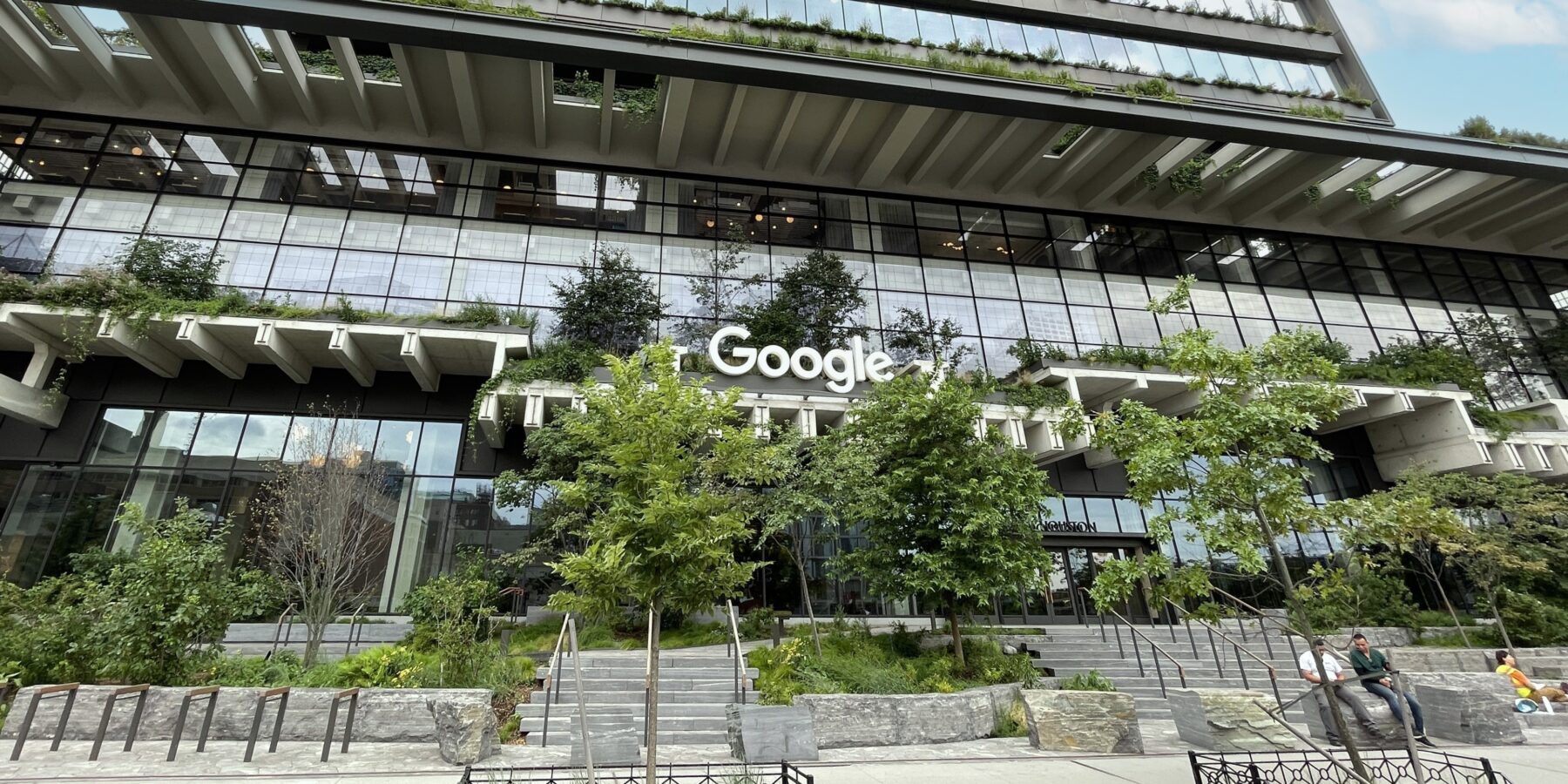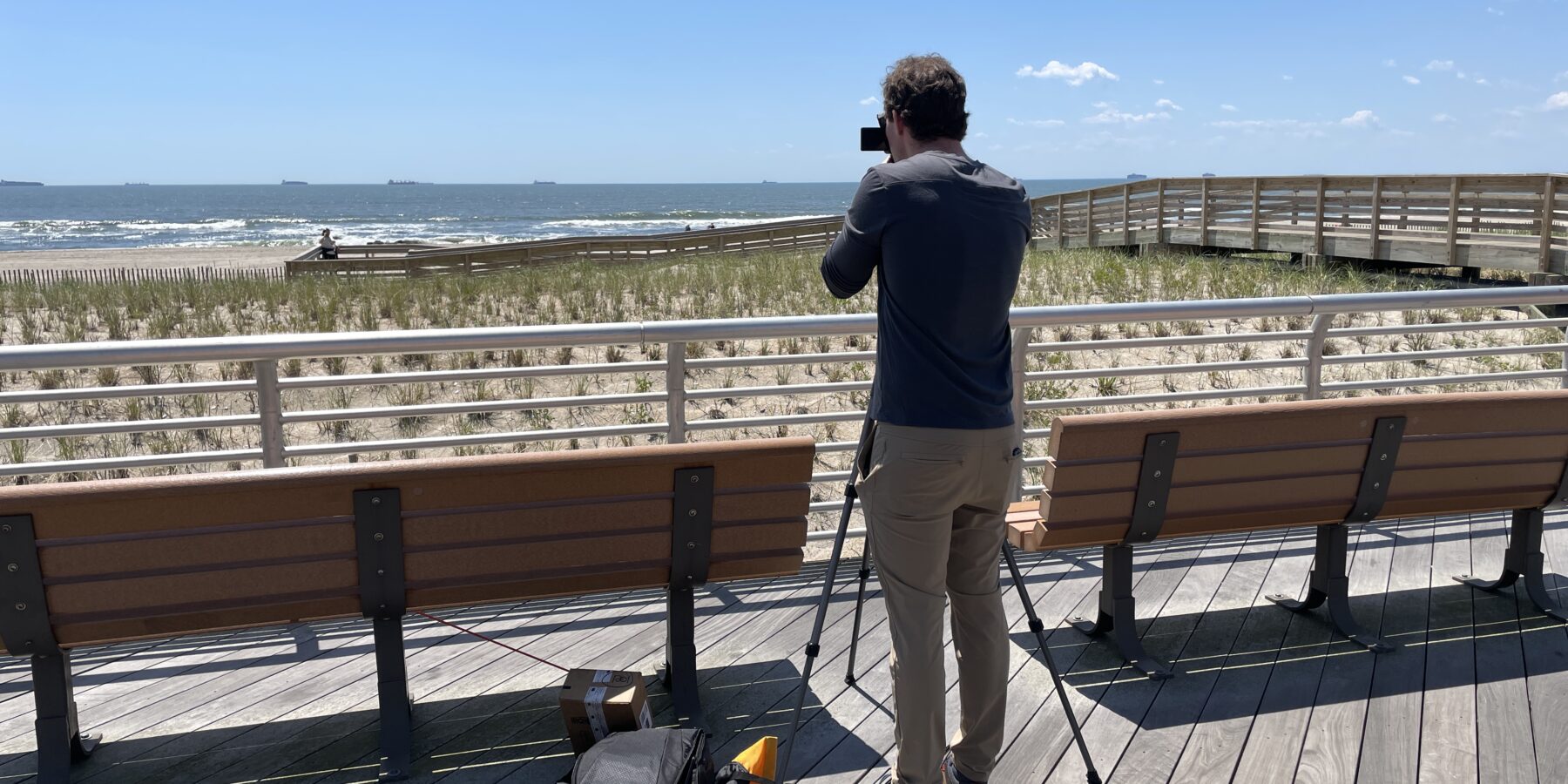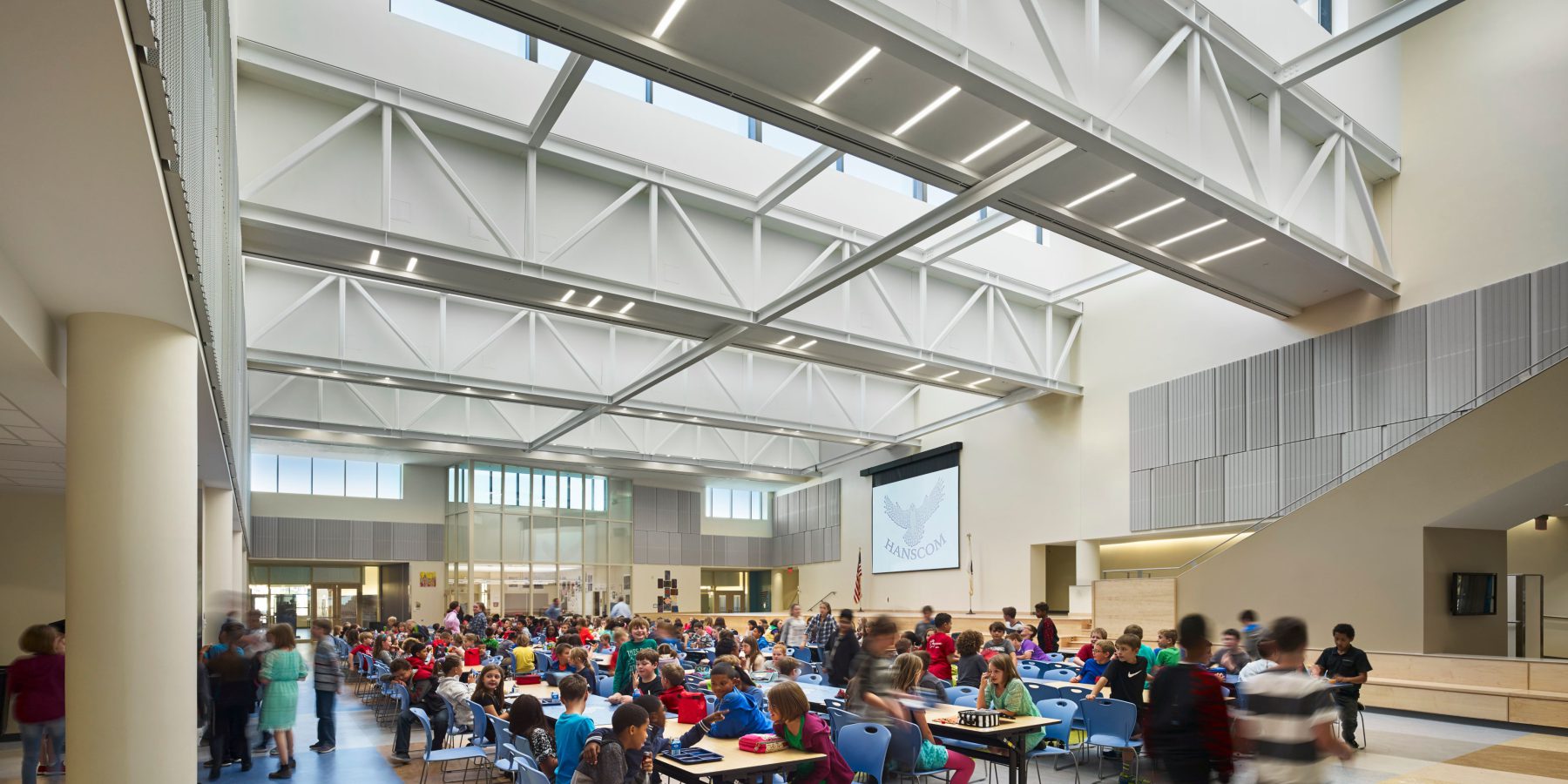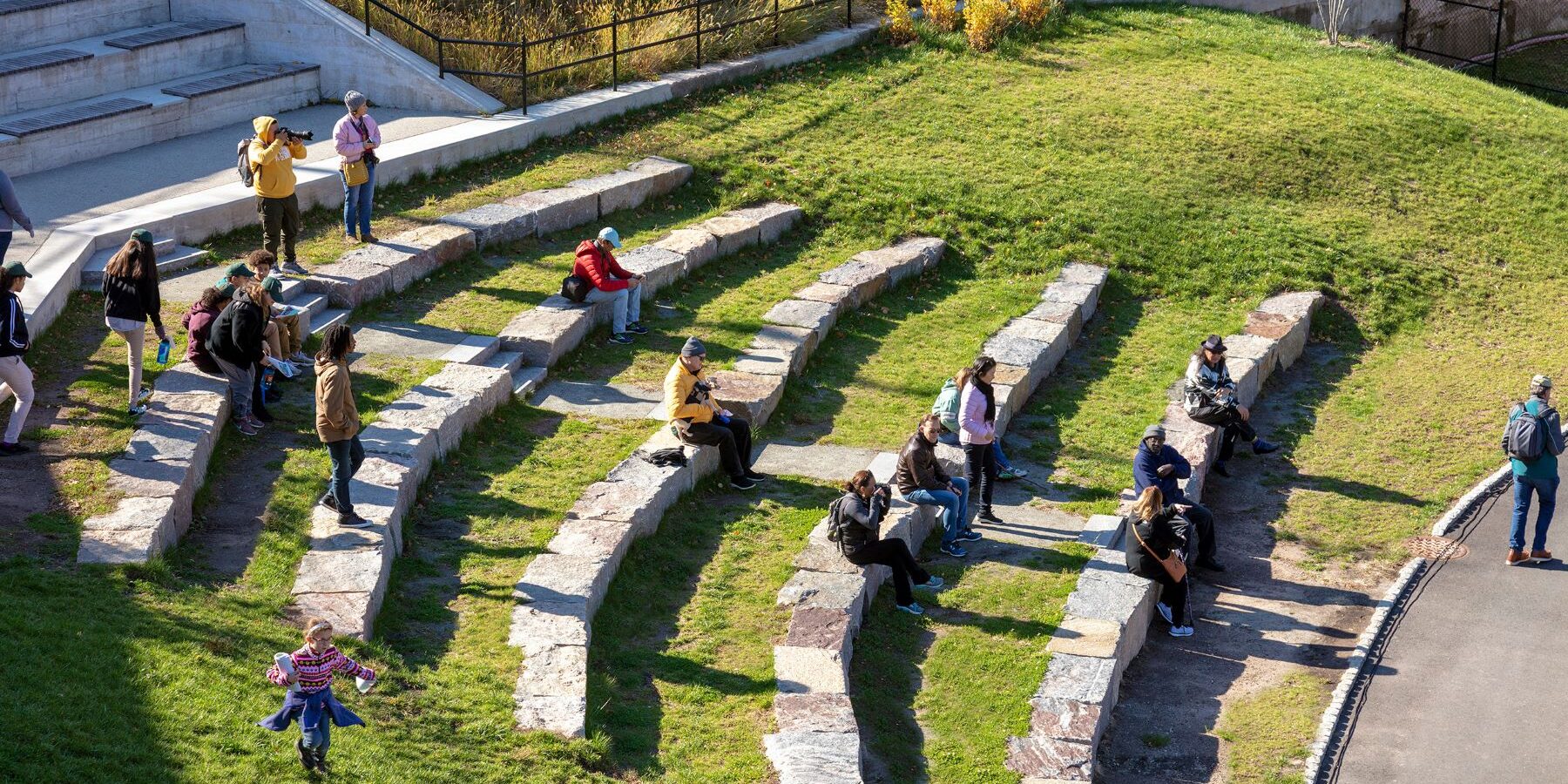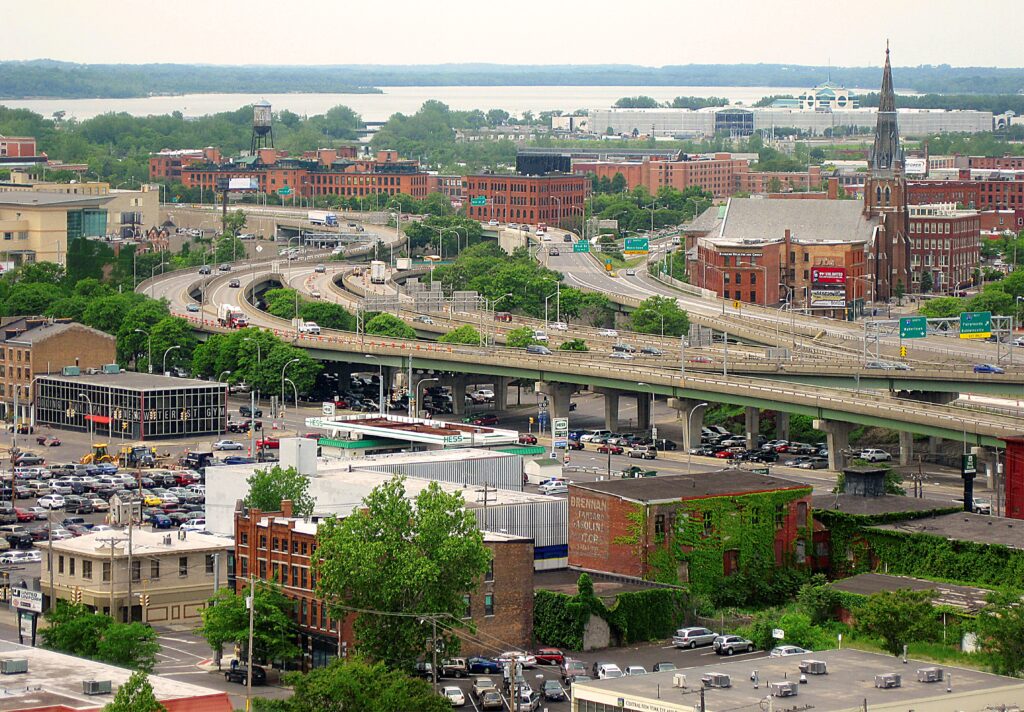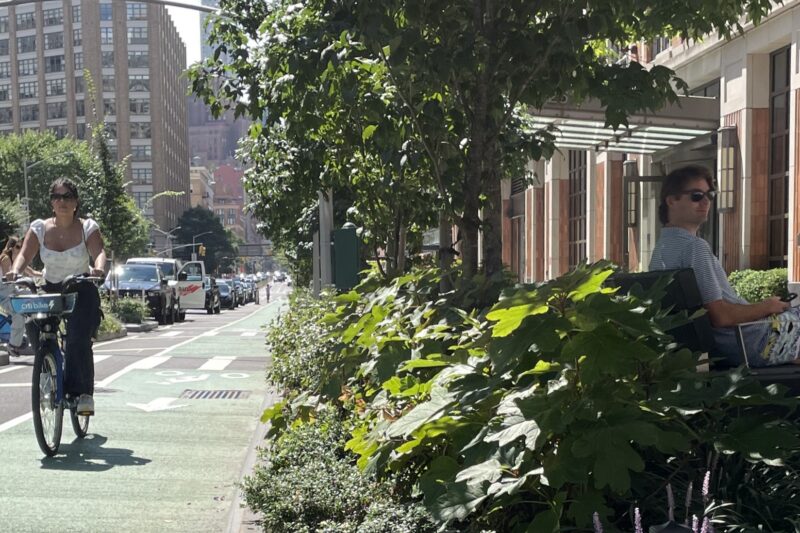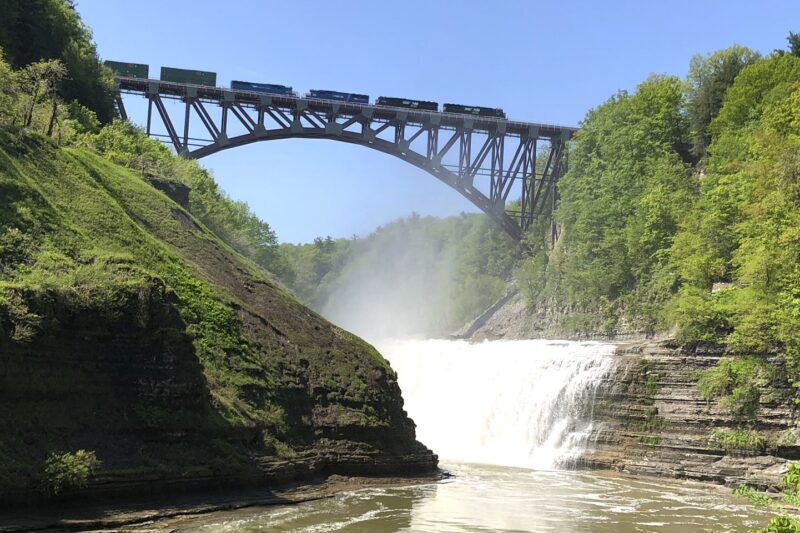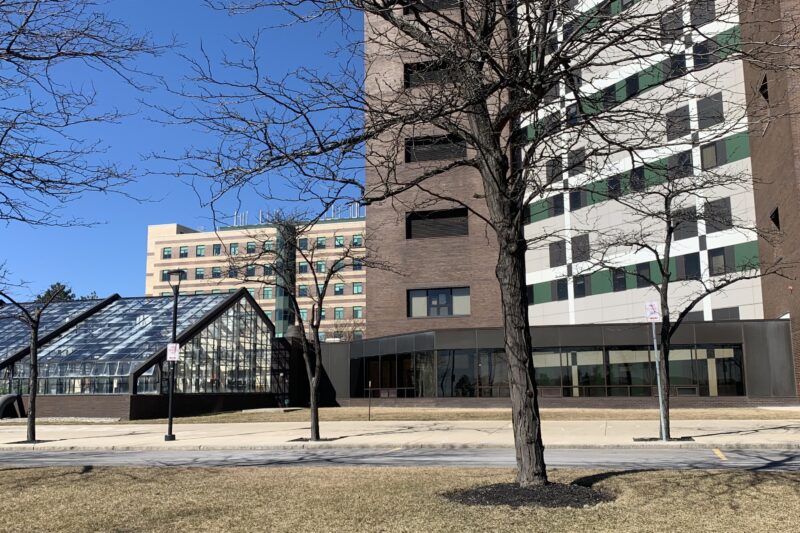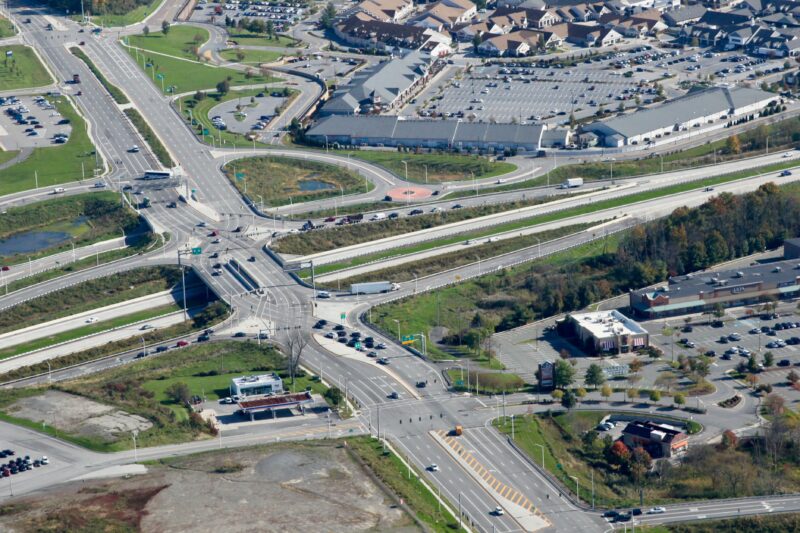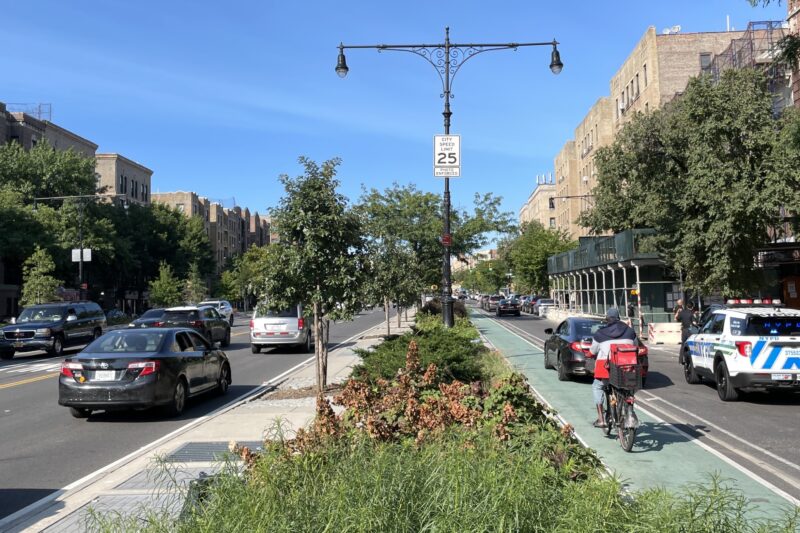I-81 Viaduct Replacement
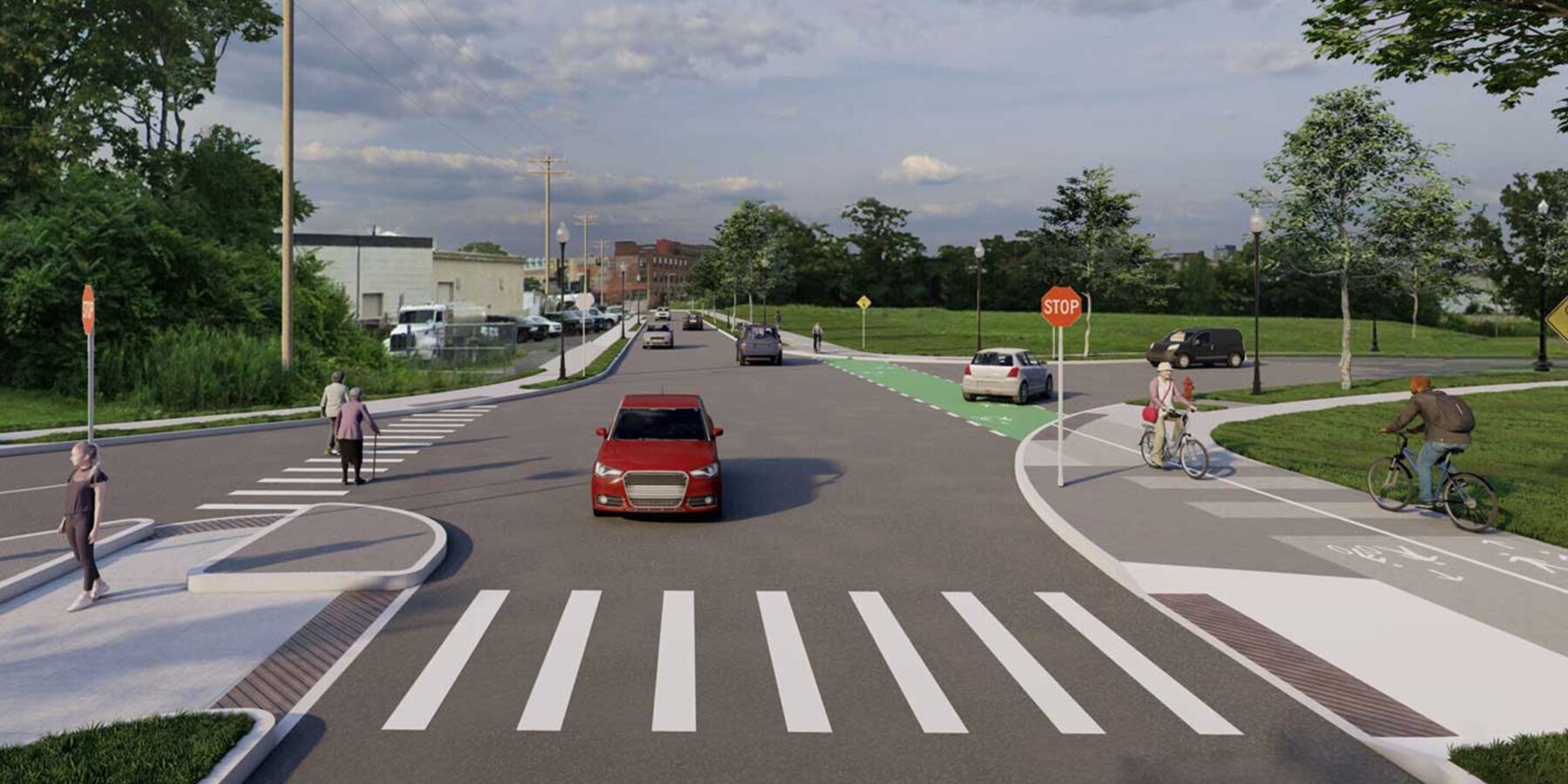
The $2.25 billion I-81 Viaduct Project under construction in Syracuse is among the largest construction projects ever undertaken by New York State.
Replacement of the I-81 viaduct with a local street network—the Community Grid Alternative—traversing the Downtown Syracuse and the University Hill neighborhoods will enhance livability, foster economic development, and reconnect the communities on both sides of this longtime highway barrier.
The project will remove the existing interstate viaduct and redirect traffic to the current I-481, which will be designated as I-81 in the future. The current I-81 corridor through Syracuse will become Business Loop 81 and will include a combination of freeway and local street sections.
The project also includes new interchanges on I-690, interchange and mainline improvements on I-481 as it becomes the future I-81, and interchange and mainline improvements on the freeway sections of BL 81. Within the city the project will include shared-use bicycle and pedestrian paths, public realm improvements, and enhanced signals and traffic operations.
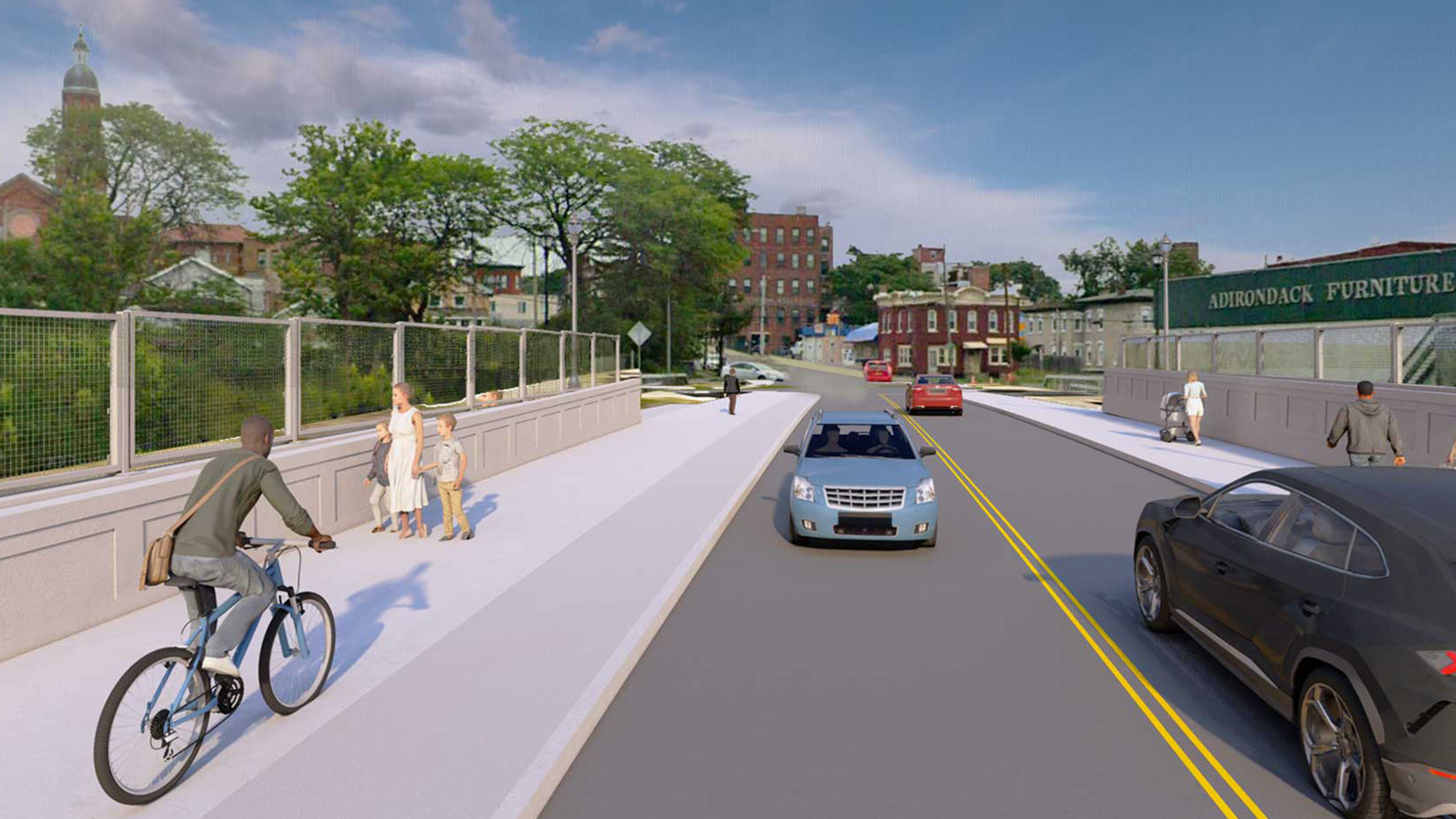
Leading environmental services for the project
As lead environmental consultant for the project on a consultant team, AKRF managed preparation of the Environmental Impact Statement and associated technical studies, including responding to over 8,000 public comments on the DEIS.
We supported the National Historic Preservation Act Section 106 and Environmental Justice reviews and prepared detailed natural resources inventories to comply with U.S. Army Corps of Engineers and New York State Department of Environmental Conservation regulations. AKRF supported the extensive alternatives analysis and public outreach program and provided technical expertise for federal grant applications.
In June 2022, Governor Kathy Hochul and U.S. Senate Majority Leader Charles E. Schumer announced the signing of the formal Record of Decision for the project, allowing the Community Grid Alternative to proceed with construction.
AKRF continues to support the project through construction, with permit modifications, contract specifications, public engagement, and oversight of environmental commitments.
Addressing essential environmental considerations
Key environmental analyses for the project included social and economic conditions, environmental justice, historic resources, parklands, traffic, air quality, noise, and construction impacts. This rendering shows I-481 Exit 3 looking to the north.
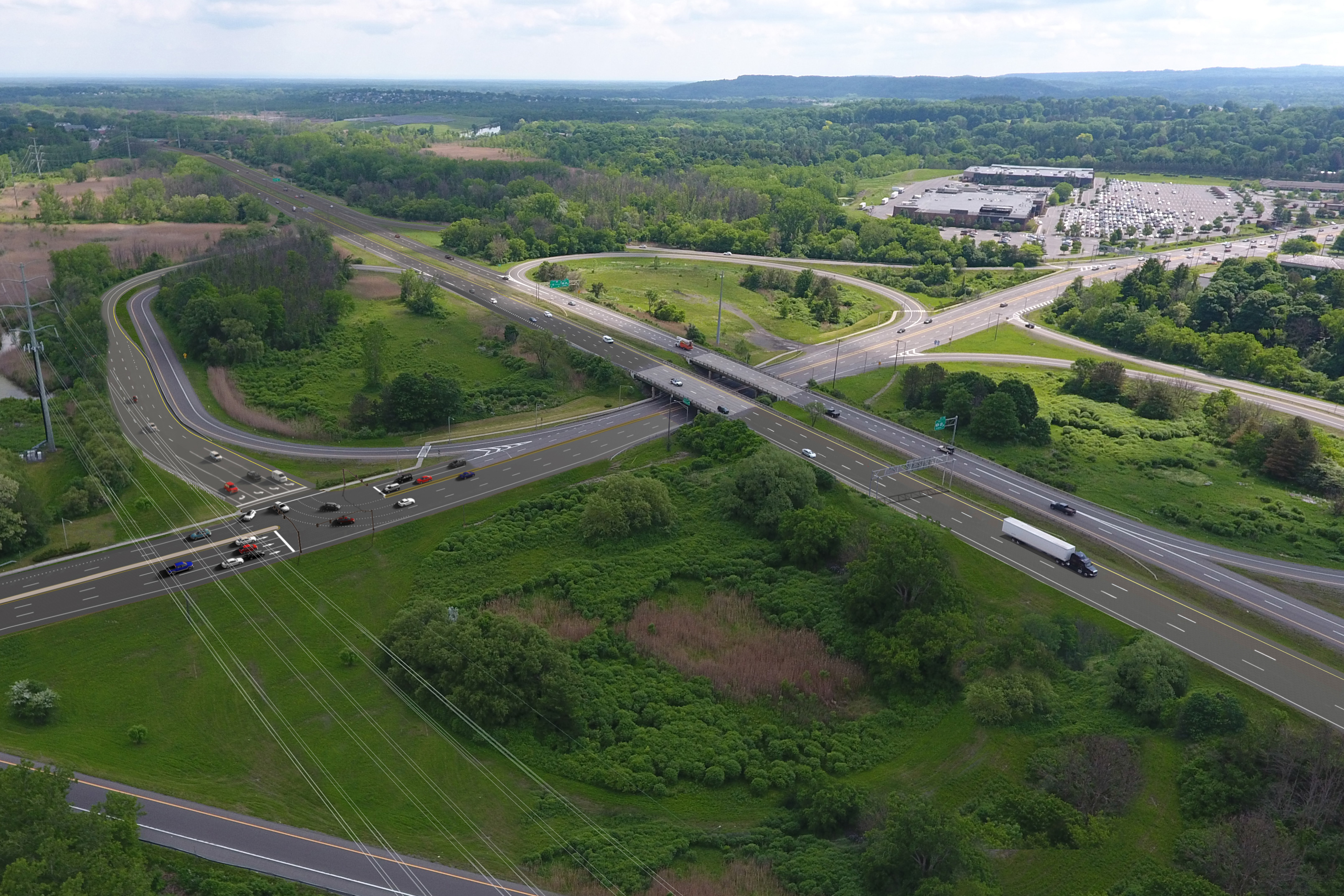
Featured Team Members
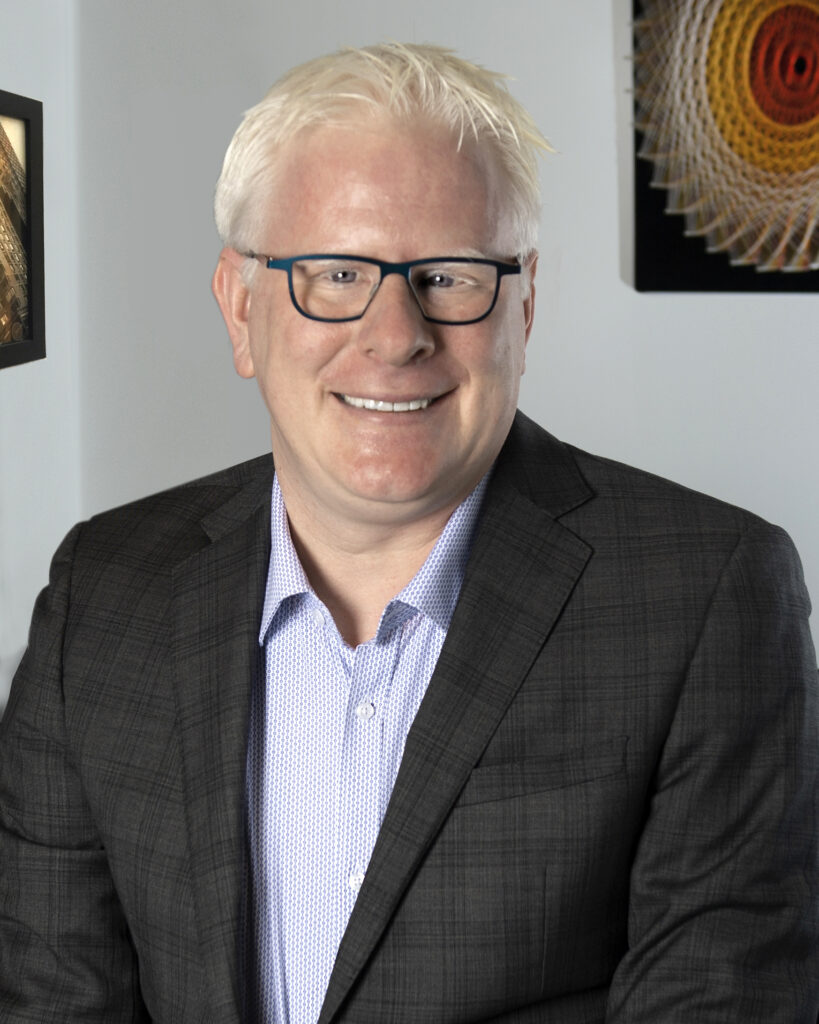
Christopher Calvert, AICP
Senior Vice President, Environmental and Transportation Planning
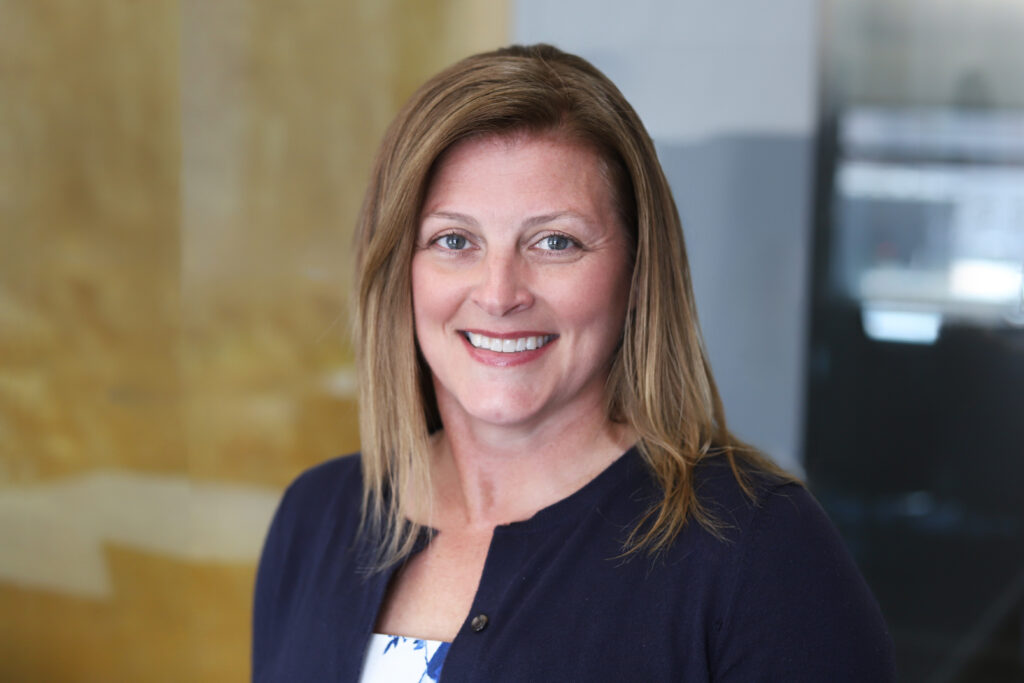
Jennifer Hogan, CM
Vice President, Environmental and Transportation Planning
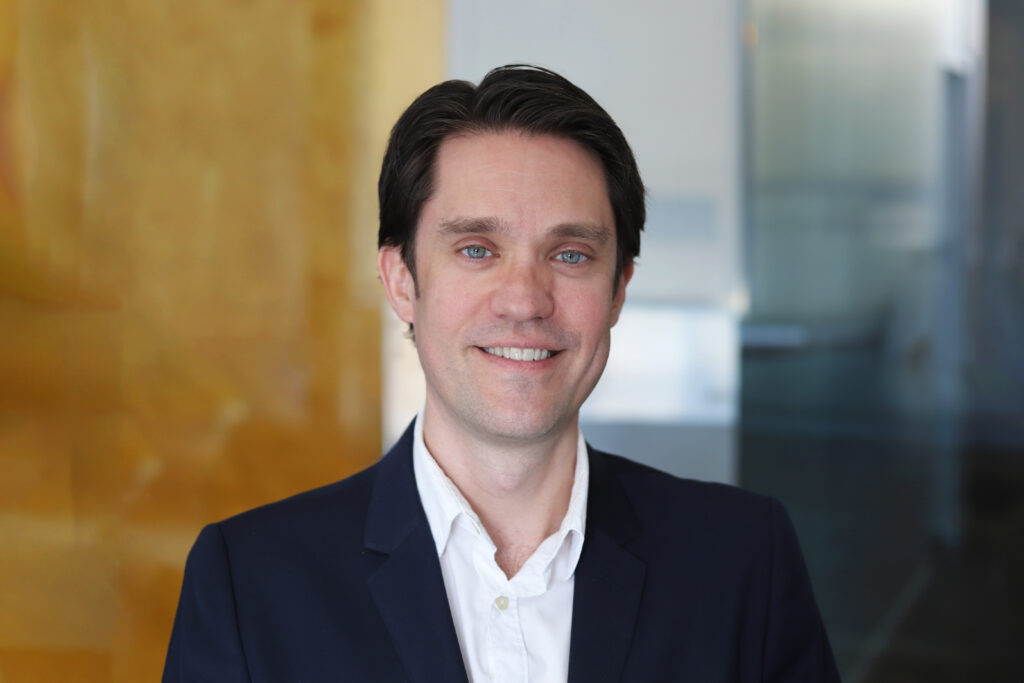
Steven Gates, AICP
Vice President, Environmental and Transportation Planning
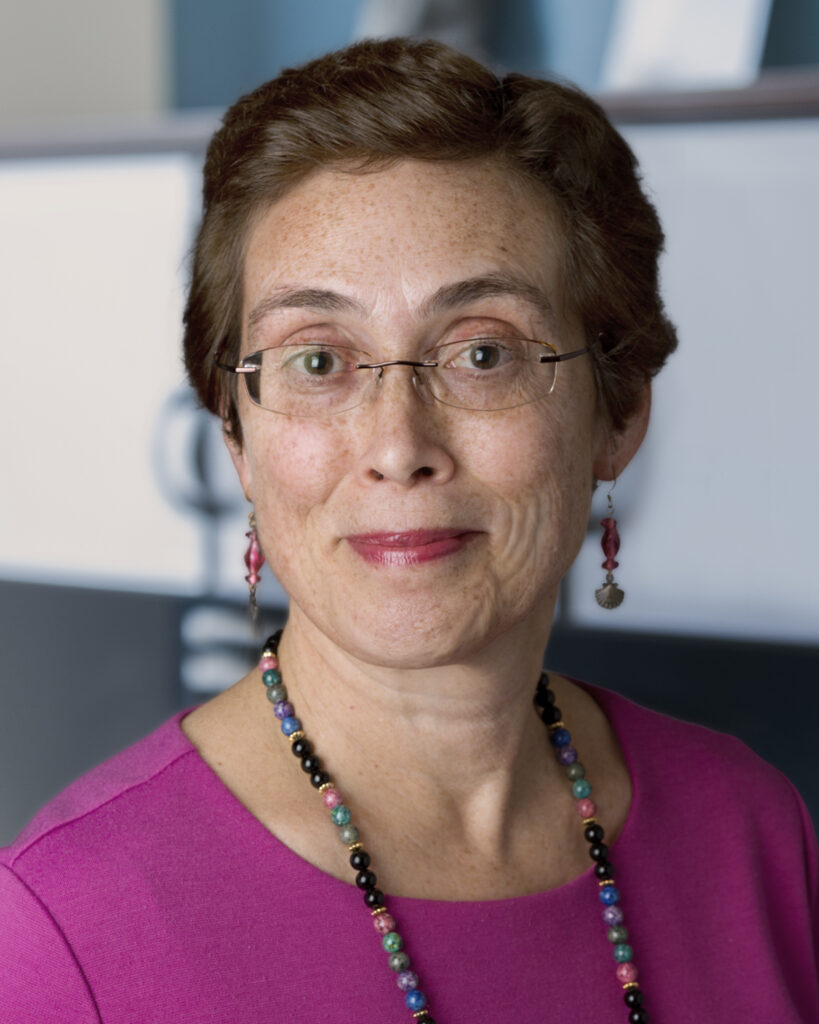
Sandy Collins
Senior Vice President, Natural Resources and Permitting
